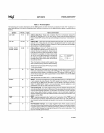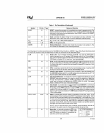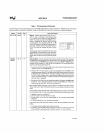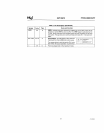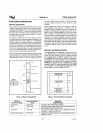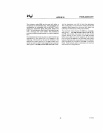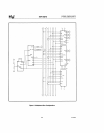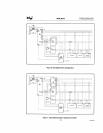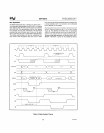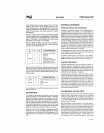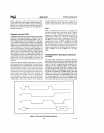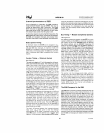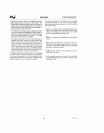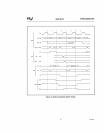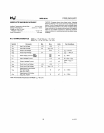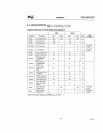
iAPX 88/10
Bus
Operation
.
The
8088 address/data bus is broken into three parts -
the lower eight address/data bits (ADO-AD?), the middle
eight address bits (A8-A15), and the upper four address
bits (A16-A19). The address/data bits and the highest
four address
bits
are time multiplexed. This technique
provides the
most·
efficient use
of
pins on the proc-
essor, permitting the use
of
a standard
40
lead package.
The middle eight address bits are not multiplexed, i.e.
they remain valid throughout each bus cycle.
In addi-
tion, the bus can
be
demultiplexed at the processor with
a single address latch
if
a standard, non-multiplexed
bus is desired for the system.
Each processor bus cycle consists of at least four
elK
cycles. These are referred
to
as
T1,
T2,
T3,
and
T4.
(See
Figure
8>'
The address is emitted from the processor
during
T1
and data transfer occurs
on
the bus during
T3
and
T4.
T2
is used primarily for changing the direction of
the bus during read operations.
In the event that a "NOT
READY" indication is given by the addressed device,
!-------(4+NWAIT)=Tcv------------(4+NwAITl=TCy--------1
T,
T, T,
T,
TWAIT I . T4
elK
GOES INACTIVE IN
THE
STATE
U/UP&=1?
~'.
\'----
ADDRISTATUS
AODR
ADDRIDATA
-----G'-
__
D_AT_A_O_uT_ID_r_DoJ
___
>--~
READY
DT/R
\~-_/
Figure
8.
Basic System Timing
46
AFN.Q0826D



